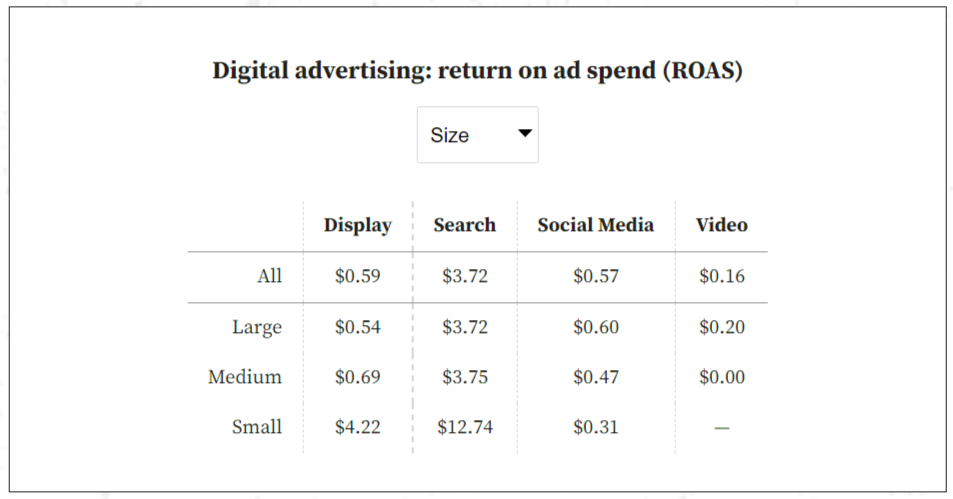6 Myths That Fool New Fundraisers
Use Nonprofit Best Practices to Stay on Track
No one likes to be fooled, especially where money is concerned.
But if you’re a novice to the fundraising world, it’s easy to get distracted by all the fads that clog your inbox. Each claims that it’s going to be “the one” that changes everything for your nonprofit.
That’s the first sign that someone is pulling an early April fool’s joke.
Want magic? Meet donors where they are
The truth is, there’s no magic wand in fundraising. What works is finding the right mix of channels – both offline and online – that your donors like and respond to.
Finding that mix can be very rewarding, producing results that are larger than any individual channel alone. And by results, I mean real money in the bank, not vanity metrics like impressions and engagement.
To get you started, here are 6 of the top myths that I hear new fundraisers repeat. Then let’s do some myth-busting using the latest research on these topics.
Myth #1: “We need to focus on Millennial donors.”
Truth: The average U.S. donor is age 65. And these donors give more than twice as much as donors ages 25-34.
If your nonprofit needs money now, you likely need to focus most of your energy on Baby Boomers. Merrill Lynch estimates Boomers will donate $6.6 trillion in the next 20 years. And don’t forget Gen X. Their giving level is rising steadily as they enjoy their peak earning years.
Sources: 2021 Blackbaud Charitable Giving Report
Myth #2: Online channels drive most of today’s fundraising revenue.
Truth: About 12 percent of total fundraising revenue comes from online giving, although it grows each year. Online giving may one day surpass offline giving in channels like direct mail and events, but it just isn’t there yet.
Organizations with smaller overall revenue (less than $1 million annually) receive the highest percentage of their fundraising from online giving.
Myth #3: Email is a cheap way to raise money.
Truth: Email is cheap relative to some other fundraising channels, but to make real money, you’re going to have to invest a lot of valuable time. Why? Response rates for fundraising emails stand at 0.08 percent. It now takes emails to 1,250 people to generate one donation!
On average, each nonprofit a donor subscribes to sends 64 emails (fundraising, advocacy, and other) per year! That’s a lot of clutter to cut through – your email better be something really special.
(This data covers the average nonprofit response rate. Check out M+R Benchmarks for your specific sector performance.)
Myth #4: No one responds to direct mail anymore.
Truth: Response rates to direct mail sent to an existing donor list (house file) have increased sharply since 2015. The median response rate is 9 percent (though Abeja prefers the more conservative 6 percent) — far higher than any single online channel.
This makes perfect sense when you consider the age of the average donor. But don’t dismiss the novelty of direct mail for younger donors.
A study by the U.S. Postal Service found that 84 percent of Millennials take the time to look through their mail. And 64 percent would rather scan their print mail for useful information than email.
Source: Data & Marketing Association & Demand Metric, How Millennials Respond to Direct Mail
Myth #5: Social media is a great fundraising channel.
Truth: Nonprofits spend a majority of their digital ad budgets on fundraising asks. But for every dollar spent on social media advertising, nonprofits get 57 cents back in return, on average. That’s down 30 cents from 2018.
One can argue that you need to engage potential donors first, and social media (when done well) is a good way to do that. But the numbers aren’t there yet for it to be a major driver of revenue for most nonprofits. There are better places to spend your limited budget and even more limited time.
Source: 2022 M+R Benchmarks
Myth #6: We should only “bug” people once a year to give.
Truth: Annual campaigns are important, but you should be giving donors reasons to give throughout the year. According to research from Abila, Baby Boomers want to hear from nonprofits at least quarterly or more – and Gen X donors want communications at least monthly. Millennials? Twice a month or more.
But should we really ask that often? Yes!
Fundraising experts like Tom Ahern, Jeff Brooks and Sean Triner agree that the more recent someone gave, the more likely they are to give again. Recency matters, but too many nonprofits feel they need to under-solicit their donors – and leave money on the table.
Ahern suggests that you can solicit donors as many as 21 times per year (about twice a month) before gifts taper off.
Get beyond the myths
If you made it all the way to here, then you’re committed to creating a healthier, more stable fundraising stream. But it can be challenging for nonprofits to establish a consistent conversation with their donors across multiple channels.
Our team specializes in helping nonprofits like yours cut through the clutter and raise more revenue. If you’d like to talk, email me at laura@abejasolutions.com.
You Might Also Like:
Your Nonprofit Postage Discount: How to Apply






